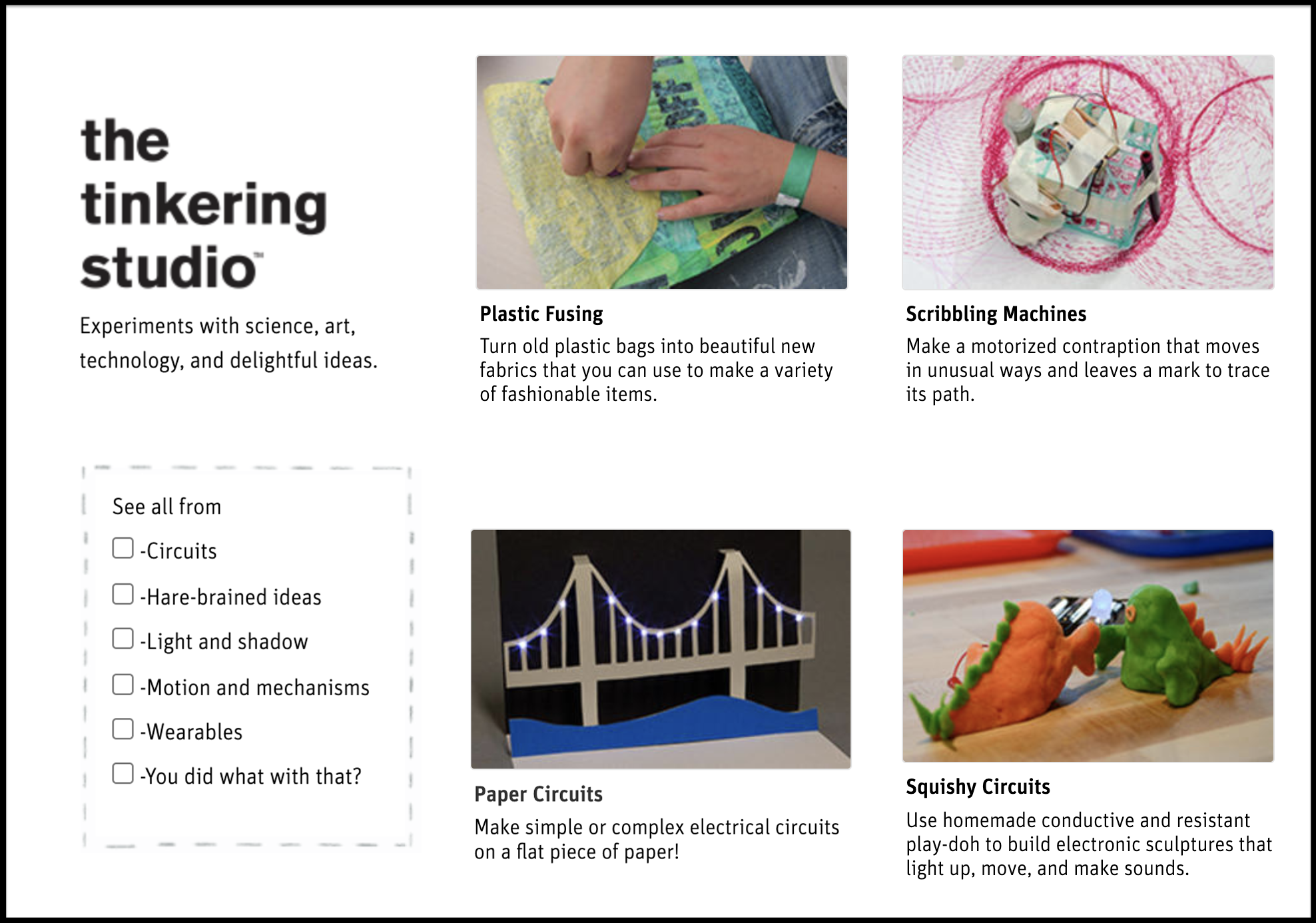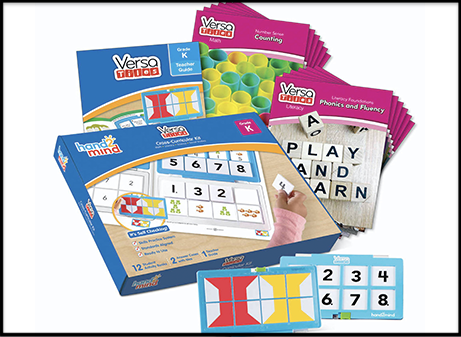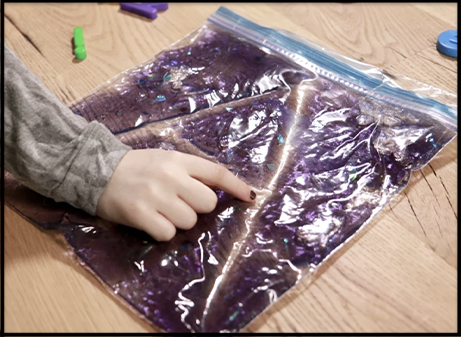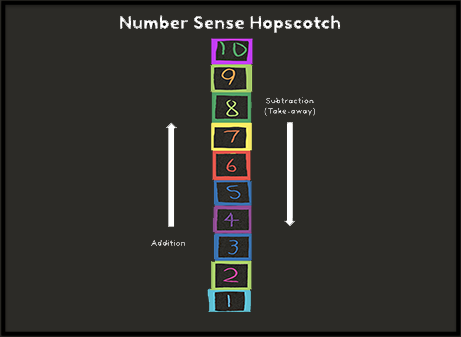Activities and Tools for Remote Learning
Children always benefit from multimodal tools. In a remote learning setting, they need these tools even more.
These tools:
- Support the development of foundational literacy, math, and problem solving skills.
- Are hands-on, engaging, and include playful/gamified elements.
- Provide opportunities for visual, auditory, and tactile learning.
Activities/Tools

IMSE Magic Sand
Magic Sand is a combination of two different colored sands with two distinct textures that you pour onto a tray or plate. For this activity, give your child a sound, and have them trace the letter(s) that make that sound in the magic sand. The sand can also be used for practicing letter formation and for spelling. You can recreate the magic sand using aquarium sand or even salt. A variation on this activity is to pair it with an application named "Phonemic Awareness Bubbles", and have the application provide the sounds.

Touch Math
Touch Math: This system uses "touch points" on numbers— circles that add up to the total of that number (ex. 4 has four circles), to help children improve their numeracy skills. By tapping the touch points as they count, students connect the numbers to real values; the touch points also assist children with solving computations.

Projects by The Tinkering Studio
The Tinkering Studio offers a vast library of tinkering projects (involving art, science, and technology) for which the total cost of materials is $5.00 or less. All projects include clear, step-by-step instructions with picture guides and diagrams (instructions are available in English, Spanish, and Portuguese). These projects allow children to express their creativity and build procedural skills as they think like designers

Versatiles by Hand2Mind
Students complete workbook pages, puzzles, and games using answer tiles that form a pattern on the back. At the end, the student checks their answers by flipping the tile holder over to see if they formed the correct pattern.

"Gelly" Pad
A "Gelly" Pad is an an alternative to Magic Sand; instead of tracing letters in the sand, your child traces letters and words on the "Gelly" Pad. To make a Gelly Pad, fill a quart-sized freezer bag with a mixture of colored hair gel and glitter (the glitter is purely aesthetic; the activity works just fine without it). Smooth out the bag on the table and follow the same steps as you would for the Magic Sand activity.

Number Sense Hopscotch
To help children associate numbers to real values is to set up hopscotch (but in a straight line) either outside, or inside using tape. For every number 1-10, have your child hop on that square that number of times, and have them hop forward and backward to solve addition and subtraction problems.